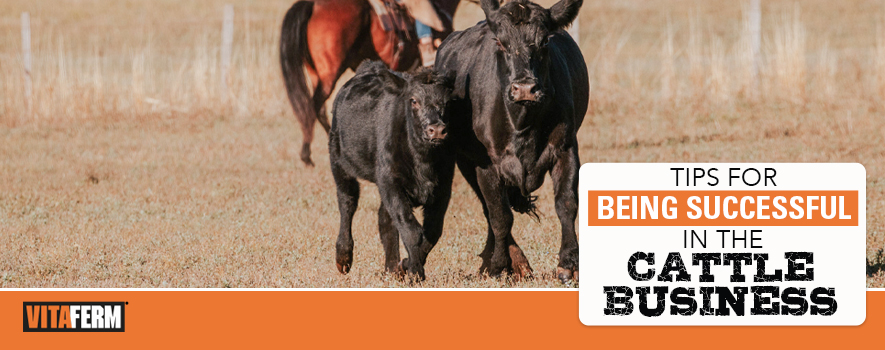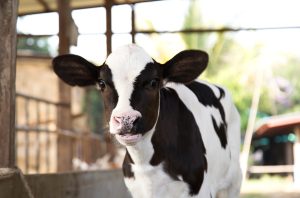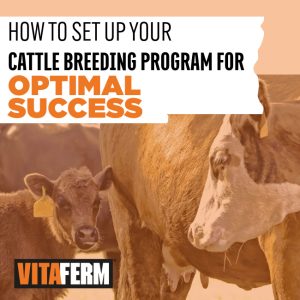
For outsiders looking into the cattle business, they might think it’s like the Dutton Ranch on the popular series “Yellowstone.” However, in real-world operations not every set up has brand-new, never dented or scraped panels with abundant labor – six or seven hired men – wondering what to do next. The Dutton family could learn a thing or two from hard-working progressive producers who have made a way of life from raising cattle.
Although most will admit their chosen profession is in their blood and is their chosen lifestyle, cattle production is a business, and should be treated as such. Goals are set, plans made and at the end of the day, or 283 days, a cattle producer has new genetics hitting the ground.
To make those genetics work, producers need to have a plan in place. They need to have adequate resources to graze and keep their cattle on, know what kind of genetics work for their environment and produce the kind of cattle their customers are ultimately looking for, according to Dudley Booth from Torrington, Wyoming. He’s the fourth generation in his family to raise registered Angus, the business breed, and we asked him for some insight on what has contributed to his success in the ranching business.
“Mating decisions are some of the most important decisions we make. Now a days, our selection pressure is on size, true muscle, look and better foot structure,” Booth said. “The EPD package is also important. Calving ease is important when there is not a lot of labor available in Wyoming, and a lot of cattlemen calve in big, open pastures.”
He said sire selection is also key in this business. Selecting the wrong bull can be detrimental for generations in the cow-side of the pedigree, according to Booth. He keeps an eye on his herds’ reproductive success, which helps with culling decisions. If a cow comes up open, is harder keeping, has poor feet and legs or a bad udder, she is shipped. However, Booth does credit the Angus breed for improving udders enough over the years, where that hasn’t had to be part of his culling criteria as regularly.
Getting Started
The resources for getting into the cattle business are immense, and like Booth said, if you don’t have the land and equipment already or are part of a family operation, he hopes you win the lottery.
“It would be tough to start a cow herd from scratch. It takes a lot of resources,” he said.
His advice for anyone who is getting started or buying cattle is to make sure the cattle match the environment they are putting them in. Make sure their phenotype, pedigrees and genetic make-up will work for the demographics where you are raising the cattle, regardless of if that is the high-altitude of the West or the fescue areas of the Midwest.
Another important factor to consider is the market you are going to produce for. For instance, he knows he can’t sell cattle that are under a frame score 5. He needs to select for size and growth and keep his cattle around a frame score 6.
When it comes to marketing, he said it takes time to build a customer base, because the cattle business is based on building relationships and trust over the years
“It’s a loyalty-based business. I’m selling cattle to the sons and daughters of people my dad sold to,” Boot said.
Keeping them Healthy
Like many progressive cattle producers, Booth has chosen the mineral programs from BioZyme® to help keep his herd healthy and performing. He feeds the VitaFerm® Concept•Aid® 5/S and VitaFerm Concept•Aid 8/S to his cows as a breeding mineral, with the added 5% and 8% phosphorus, respectively. In addition, his bulls and his heifers in the spring get Gain Smart® Balancer RU 1600 with Rumensin to help with coccidiosis prevention from the birds that bring it to his area.
Both the VitaFerm Concept•Aid and Gain Smart contain Amaferm®. Amaferm is a prebiotic designed to enhance digestibility by amplifying the nutrient supply for maximum performance. It is research-proven to increase intake, digestion and absorption– something very important when your annual rainfall is around 14 inches per year.
“I like the mineral, or I’d change,” Booth said. “My cows look good, get bred and stay bred.”
The cattle business is just that, a business. It’s up before dawn and late nights calving. There is no 9 to 5, office hours or even regular lunch breaks. Ranchers are in the business because they truly care for the land and livestock. It is a part of their heritage. Most of all, it is a business. It is the business of raising safe, nutritious and delicious beef for the world to enjoy.


